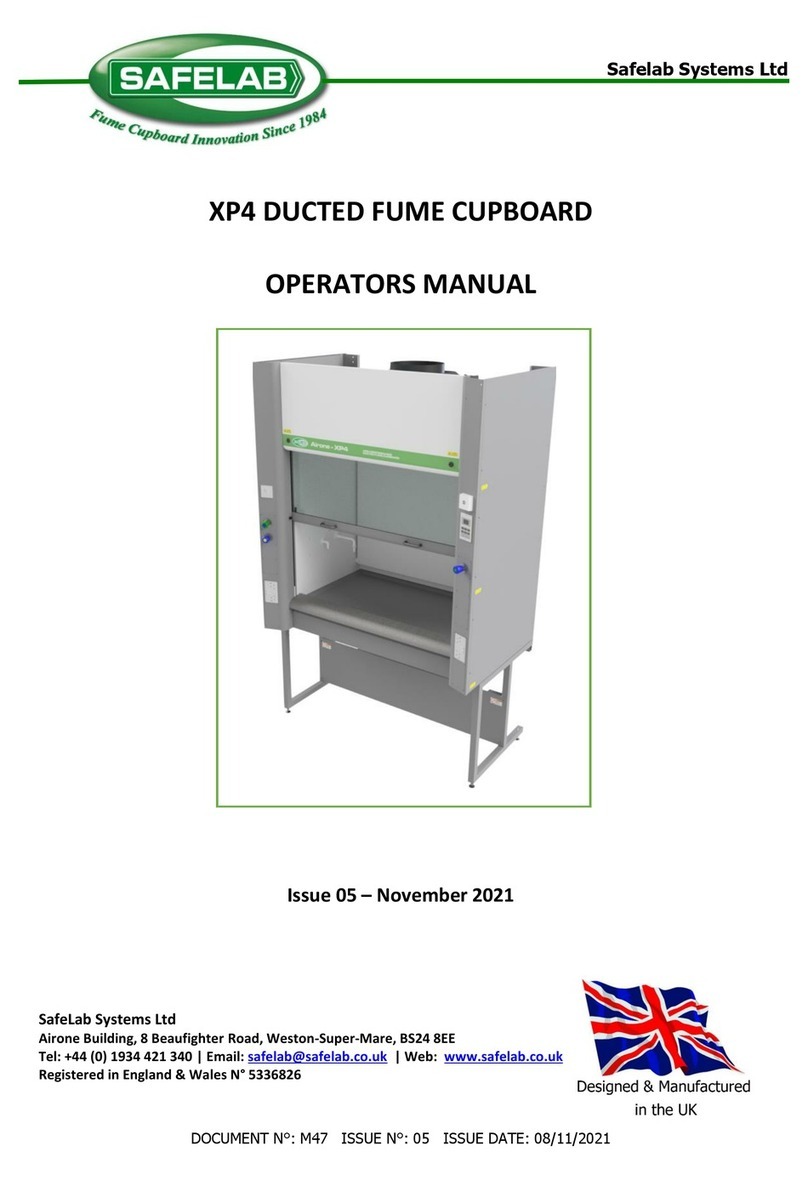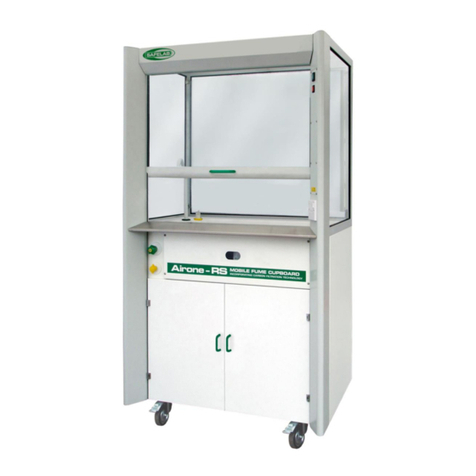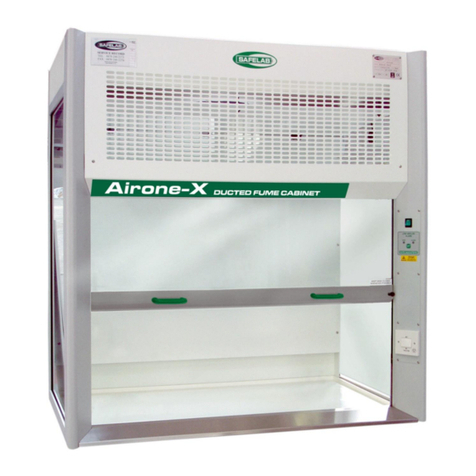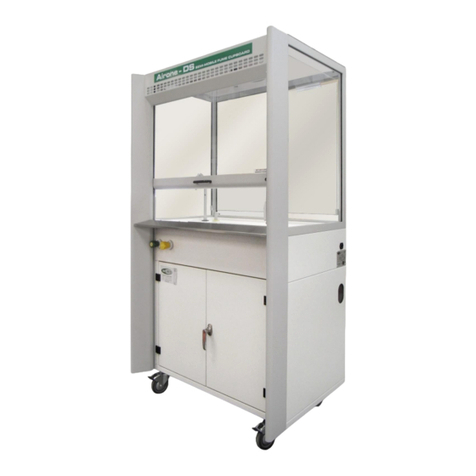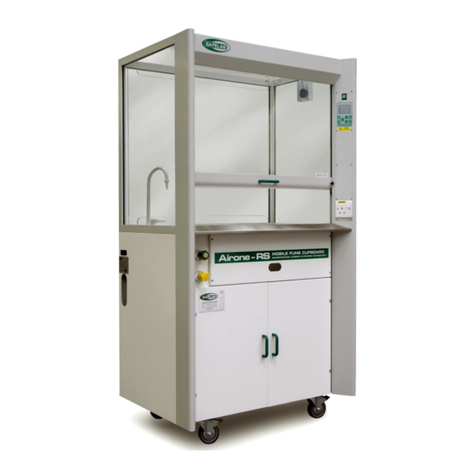
Contents
Section 1 ........................................................................................5
Description of the cabinet..................................................................................... 5
Working principal .................................................................................................. 5
Features.................................................................................................................. 5
Specifications ........................................................................................................ 6
Normal environmental conditions........................................................................ 6
SECTION 2 ......................................................................................7
Installation.............................................................................................................. 7
Important handling procedures............................................................................ 7
Location.................................................................................................................. 7
Ducting connection (optional).............................................................................. 7
Electrical connection and services...................................................................... 7
Auxiliary switched connection............................................................................. 7
Testing and certification....................................................................................... 7
SECTION 3 ......................................................................................8
Operating instructions.......................................................................................... 8
Basic operations.................................................................................................... 8
Cabinet overview................................................................................................... 8
Startup.................................................................................................................... 9
Controls................................................................................................................ 10
Home screen........................................................................................................ 10
Sliding sash operation........................................................................................ 11
Standby ................................................................................................................ 12
Switching the cabinet off.................................................................................... 12
Lighting ................................................................................................................ 13
Auxiliary power sockets...................................................................................... 13
Cleaning and disinfection................................................................................... 14
Surface cleaning and disinfection ..................................................................... 14
Glass front cleaning and disinfection................................................................ 14
UV Disinfection.................................................................................................... 14
Decontamination with Formaldehyde –Unit without the optional carbon
exhaust filter kit (CEF)......................................................................................... 15
Preparation prior to decontamination................................................................ 15
Decontamination with Formaldehyde –When using the optional carbon
exhaust filter kit (CEF)......................................................................................... 17
Preparation prior to decontamination................................................................ 17
Decontamination with VHP (Vaporised Hydrogen Peroxide)........................... 19
Preparation prior to decontamination................................................................ 19
SECTION 4 ....................................................................................20
Supervisor settings............................................................................................. 20
Airflow Display..................................................................................................... 21
Auto Start ............................................................................................................. 21
Auto Standby ....................................................................................................... 22
Cabinet access .................................................................................................... 23
Power Sockets..................................................................................................... 23
Keypad Sounds ................................................................................................... 23
Audible Alarm ...................................................................................................... 24






